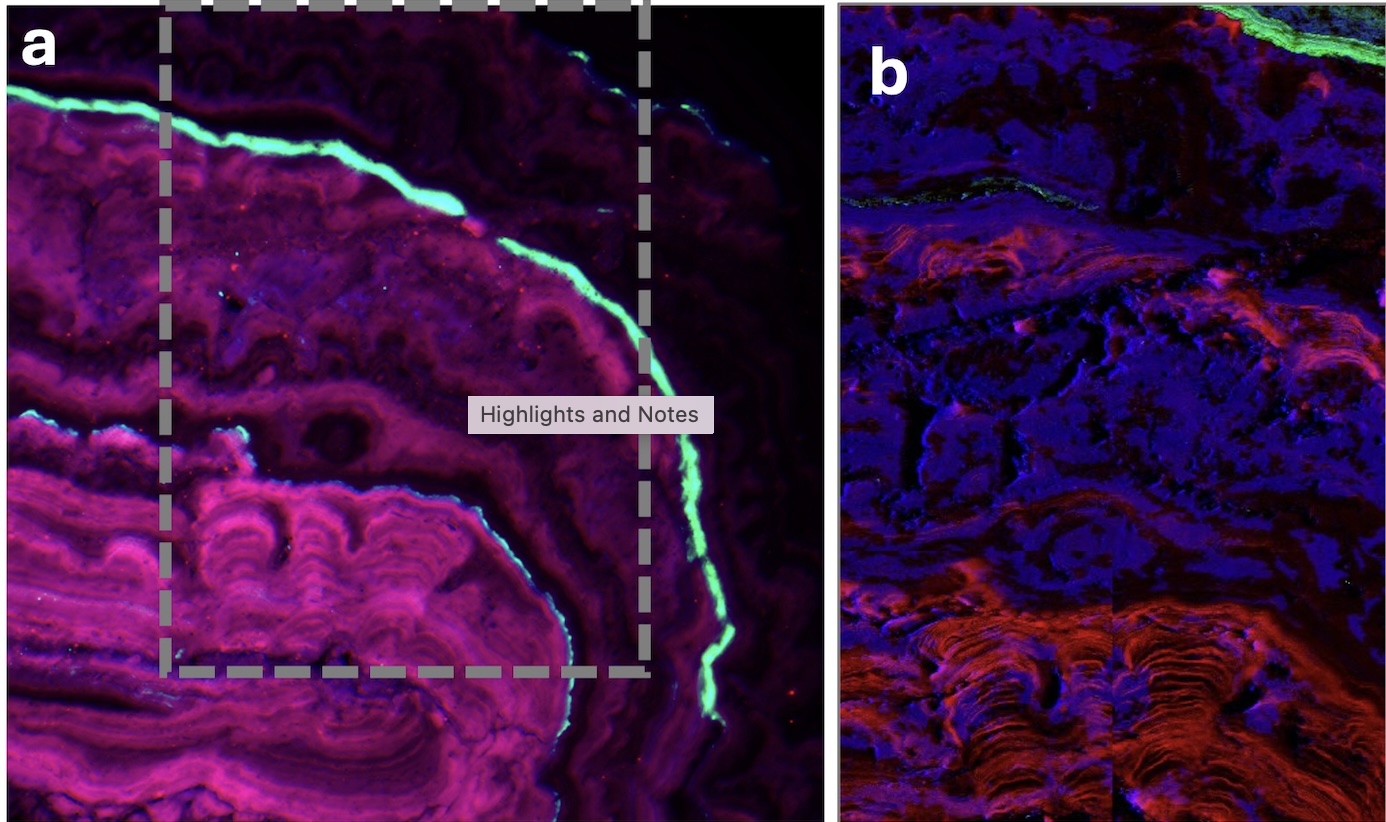- 1VU, Earth Sciences, Netherlands (l.maldanis@vu.nl)
- 2Centro de Investigaciones en Ciencias de la Tierra Cordoba, CONICET Cordoba, Argentina
- 3Université Paris-Saclay, CNRS, ministère de la Culture, UVSQ, MNHN, IPANEMA France
The Laguna Negra, a high-altitude hypersaline close-basin lake in the Andes of Northwest Argentina, presents a unique environment for studying the formation of microbialites (Gomez et al., 2014; Buongiorno et al., 2019). The extreme conditions like high UV radiation and salinity restrict multicellular life, allowing microbial activity as one of the drivers of carbonate precipitation. Oncolites samples, interpreted as a result from fluid mizing and biologically mediated nucleation (Buongiorno et al., 2019) and collected under Europlanet project have been analyzed for the search of chemical and mineralogical biosignatures. Synchrotron µ-X-Ray Fluorescence provided major-to-trace elemental distributions, revealing elements concentrated in stromatolitic laminae (e.g., Sr, Co, Rb, Mo, Pb), concentrated in not strictly stromatolitic laminations (eg., Fe, Mn, Mo, Ni, As, Pb, Zn), and contrasting with the elements widespread in the matrix (e.g., Ca, Cl, Br, K T, V). UV photoluminescence macroscopy highlighted laminations invisible in naked eye, providing also complementary information of chemical differences. Synchrotron scanning SAXS/WAXS maps provided additional information on mineral composition and crystallites shape and orientation. These combined results provide complementary chemical and mineralogical information for the characterization of the biotic and abiotic layers involved on the oncolites accretion, allowing us to define combination of characters specific to microbially-mediated precipitations. This work also opens the way for the multiscale assessment of mineral biosignatures of microbial precipitation in laminated rocks, from Earth or elsewhere.

Figure 1. a) UV photoluminescence macroscopy of the Laguna Negra cross-cut oncolite excited at 385 nm. Emission collected at 571 nm (red), 708 nm (green) and 835 nm (blue). B) Synchrotron XRF map of Sr (red), Zn (green) and Ca (blue). Stromatolitic layers are rich in Sr, while Zn is restricted to outer, likely evaporitic layers.
References:
Buongiorno, J. et al. (2019) ‘Mineralized microbialites as archives of environmental evolution, Laguna Negra, Catamarca Province, Argentina’, Geobiology, 17(2), pp. 199–222. Available at: https://doi.org/10.1111/gbi.12327.
Gomez, F.J. et al. (2014) ‘Microbialites in a high-altitude Andean lake: Multiple controls on carbonate precipitation and lamina accretion’, Palaios, 29(6), pp. 233–249. Available at: https://doi.org/10.2110/palo.2013.049.
How to cite: Maldanis, L., Areias, C., J. Gomez, F., Thoury, M., and Sánchez-Róman, M.: Investigating chemical and mineralogical biosignatures in microbialites from Laguna Negra, Argentina, Europlanet Science Congress 2024, Berlin, Germany, 8–13 Sep 2024, EPSC2024-1101, https://doi.org/10.5194/epsc2024-1101, 2024.